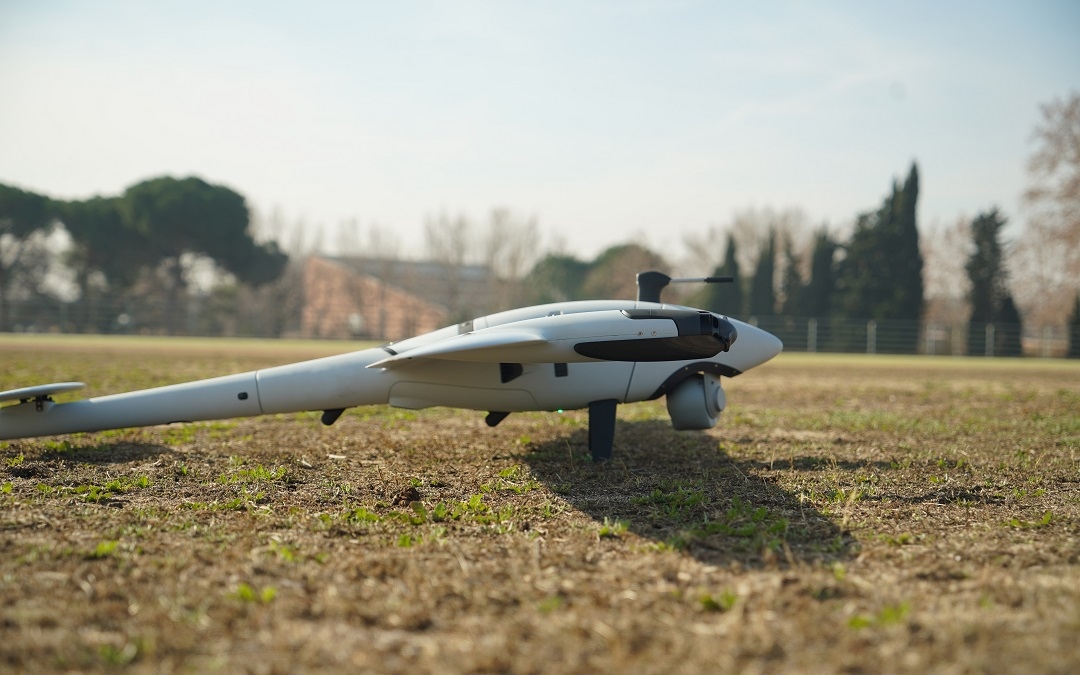Understanding the Basics of VTOL Technology
VTOL (Vertical Takeoff and Landing) technology allows drones and aircraft to take off, hover, and land vertically without the need for long runways, thanks to advanced rotors and propulsion systems. VTOL technology relies on controlling lift and thrust to offer more flexibility and capability than traditional fixed-wing aircraft. It enables drones to be deployed in a variety of environments, from congested urban areas to remote, infrastructure-less regions. The ability to take off and land vertically makes VTOL drones incredibly adaptable and useful in aerial photography, emergency response, and delivery services. VTOL technology is important for drones to operate in confined spaces or areas with limited access.
Aerodynamic Obstacles in VTOL drone design
Unlike traditional fixed-wing aircraft, VTOL drones must easily transition between hovering and forward flight, maintaining stability as they shift from vertical lift provided by rotors to horizontal thrust, often supported by fixed wings or additional propulsion systems. This transition demands subtle control systems and accurate aerodynamic design to ensure the drone remains stable throughout its flight. Aerodynamics play an important role in reducing drag and optimizing lift, directly impacting the drone’s flight time and energy consumption.
Engineers must address these aerodynamic challenges by employing advanced computational models and wind tunnel testing to refine the drone’s shape and flight characteristics. By overcoming these challenges, VTOL drones can achieve a remarkable balance of adaptability and performance, allowing them to operate in diverse environments, from tight urban spaces to expansive wilderness areas. The successful integration of aerodynamic principles is central for the development of technologically advanced VTOL drones.
Material Selection for Optimal Manufacturing
The use of lightweight materials optimizes the balance between durability and performance, playing an important role in the design and manufacturing of VTOL drones. Materials like carbon fiber and polymers help drones achieve the necessary lift and endurance, improving flight times and reducing energy use. This is especially important for VTOL drones that must switch between vertical and horizontal flight with ease. By minimizing weight and increasing strength, these materials ensure drones are efficient, reliable, and able to handle aerodynamic challenges. While advanced materials such as polymers may be more costly and may need more refined manufacturing methods, they contribute to more durable, high-performance drones.
How to Increase Production Without loosing Quality
One of the primary challenges in expanding the manufacturing of VTOL is implementing strong quality control measures. As production volumes increase, the risk of inconsistencies or defects can rise, requiring vigorous quality assurance processes that can identify and rectify issues early in the manufacturing cycle. This often involves the integration of advanced inspection technologies and strict testing protocols. Quality control is also important for protecting the manufacturer’s reputation and safeguarding customer satisfaction. Scaling up VTOL drone manufacturing requires balancing automation with manual processes to optimize productivity and quality. Ensuring a reliable supply chain is also important to meet growing demand.
Future Trends in VTOL Drone Manufacturing
The future trends in VTOL drone manufacturing are set to revolutionize the industry. As the demand for VTOL drones in diverse applications continues to grow, manufacturers are looking towards advanced automation processes to streamline production. Automation technologies, such as robotics and artificial intelligence, are expected to play a central role in optimizing assembly lines, reducing human error, and ensuring consistency across large-scale production.
The use of composite materials and lightweight alloys can significantly improve performance metrics such as flight duration, payload capacity, and resistance to environmental stressors. Production techniques, such as 3D printing and precision molding, will redefine manufacturing processes, allowing for greater design flexibility and rapid prototyping. Main areas of focus in future VTOL drone manufacturing include:
- Improved automation for streamlined production.
- Advanced materials for improved performance and durability.
- Innovative production techniques like 3D printing for design functionality.
These developments not only promise to push the boundaries of what VTOL drones can achieve, but also ensure that they remain at the forefront of technological innovation in the years to come. As new materials and manufacturing processes continue to improve, VTOL drones will become more functional and optimized. This will open up new opportunities for their use across various industries, from transportation to surveillance, further expanding their potential.


Recent Comments